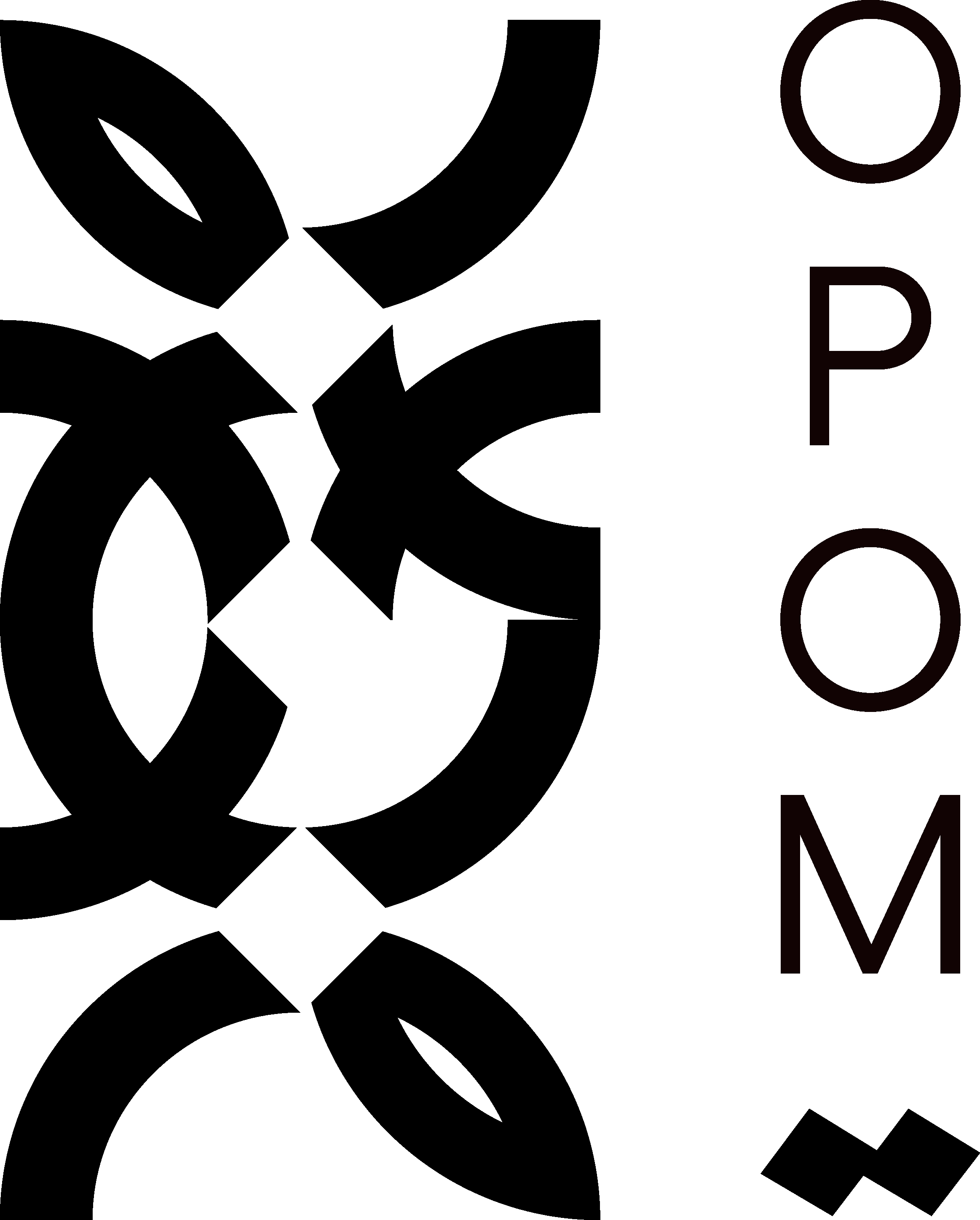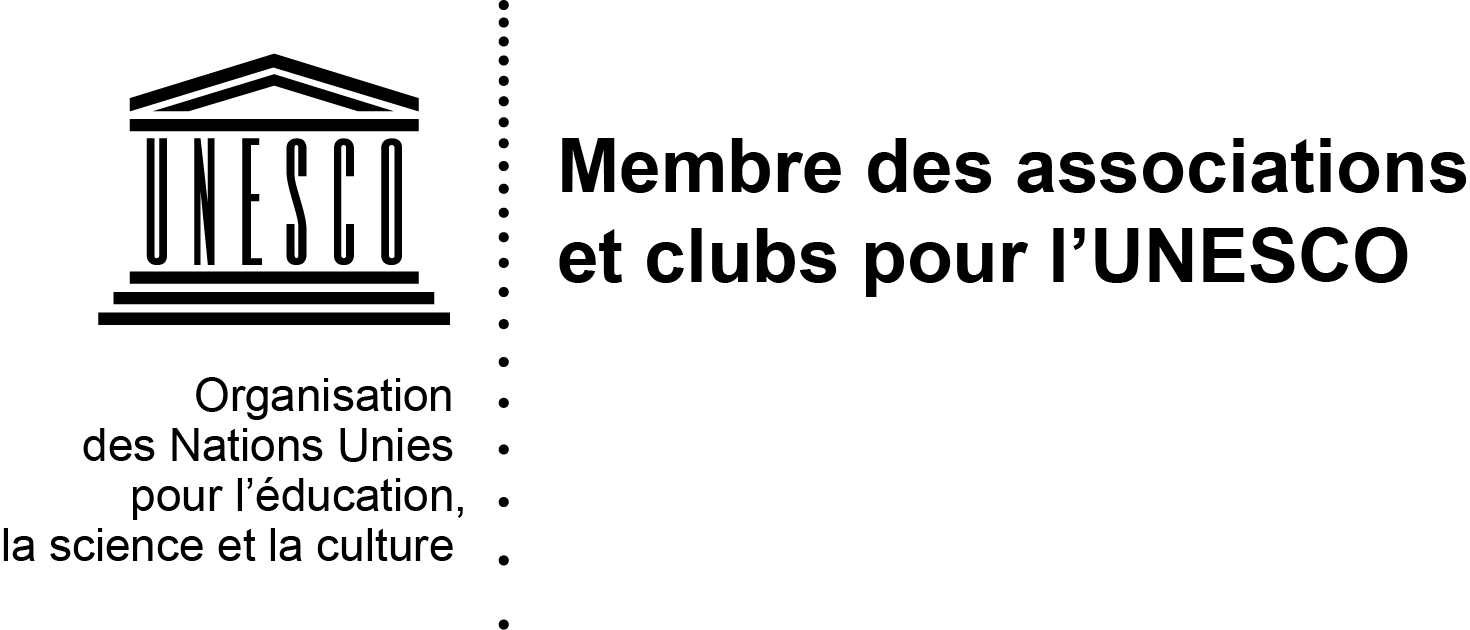19/05/2021 by Shyrine Ziadeh
“When I embroider, I feel close to my homeland.”
Feryal Abbasi-Ghnaim, a Palestinian embroiderer
Palestinians have a rich and fascinating history in folk arts. Silk thread and embroidery, together with an expanding repertoire of symbols, are known to have made their way from China to the Holy Land along the Silk and Spice Routes before being introduced to Europe by Christian saints, holy men, and pilgrims. However, what is Palestinian embroidery? And what does it mean to the Palestinian people? This and more will be discussed in-depth through this paper.
Laila El Khalidi, a Palestinian author who records history and motifs in Palestinian embroidery has described in her book, The Art of Palestinian Embroidery (1), that the Palestinians designs are mainly produced by using cross stitch. Palestinians have continued to embroider their traditional motifs, giving them their appellations and developing their terminology. As clothing was of prime importance, Palestinian women wanted something personal, distinctive, and handmade.
“By adopting the traditional styles and motifs of her area, a woman expressed her wish to identify and be identified with her cultural roots. Samples of late-nineteenth to early- twentieth-century Palestinian costumes are considered to be representative of folk art at their best. Through the vicissitudes of war and occupation, Palestinian folk materials have been dispersed, though samples are to be found in published material, in museums outside Palestine, and small private collections.(2)”
When I think of embroidery, I instantly think of it as a treasure from my culture. Being born and raised in Palestine, specifically in Ramallah, I got the chance to witness women sewing stitches by hand; I saw embroidery in our house and friends’ houses, a piece resembles something, an event, a love story, a social story or just patterns of the Palestinians tradition which women used to wear. A handmade piece could be long to produce, and indeed it does; it takes a lot of time to be able to touch a piece of embroidery, especially when they are made by hand, stitch by stitch.
One of the reasons I have a passion for embroidery designs is my mother, Aida Ziadeh, who started producing embroidery before I was born. My mother and two other women set up a type of workshop in Ramallah, Palestine. It is a charity project entitled the Melkite Pastoral Center that was established in July 1988 as a result of the desires and needs of many women to generate income for their families, especially during the first Intifada (1987-1993), at a time when many men were unemployed or imprisoned.
To this day, the economic situation of many families remains very weak. Therefore, this project and many others in Palestine have continued responding to great economic needs. Approximately 250 Palestinian women from Ramallah and surrounding villages, Muslims as well as Christians, come regularly to pick up embroidery to work on from the center. They then carry out embroidery work at home, for which they are financially compensated once they finish their work. Sewers who put the worked items together with get paid in the same fashion.
“The cross-stitch embroidery is traditional and is especially transmitted from generation to generation by the embroidered dresses that Palestinian women wear. The patterns of the embroideries are inspired by the traditional designs which symbolically represent the hills, trees, grass, and flowers of the country. This work contributes also to the maintenance of this beautiful tradition. Thanks to all who, by purchasing the work of the Melkite Pastoral Center, encourage the continuation of this work, which contributes to the improvement of the lives of these families.(3)”
Embroidery to Palestinians is a tradition inherited from grandmother to daughter and so on. It defiantly reflects the Palestinian identity and is considered a piece of Palestinian intangible heritage.
“Palestinian embroidery also symbolizes the traditional rural lifestyle of Palestine, much of which was lost after the 1948 creation of the state of Israel. Embroidery was the principal decoration of rural women’s clothing. It was part of a village woman’s daily routine and a means of showing off her skills and social identity. The cross-stitch embroidery patterns, colors, and quality of the dress reflected a woman’s social standing, marital status, and wealth.(4)”
Moreover, each Palestinian city has more than 10 associations in order to provide work opportunities for women, to empower them, and to enable them to make a living through producing traditional pieces that can live forever. Today, many Palestinians around the world, especially in the diaspora, seek to own a piece of embroidery to safeguard this tradition and to showcase their identity, their traditions, and their culture as each piece entails and condenses a multigenerational story.
(1) Laila El Khalidi, The Art of Palestinian Embroidery (London: Saqi books, 1999).
(2) Ibid
(3) Melkite Pastoral Centre. Palestinian Embroidery Workshop. Ramallah: Melkite Pastoral Center, n.d. Print 2010
(4) Sunbula Organization, “The History of Palestinian Embroidery”, available at: https://www.sunbula.org/en/article/32/Palestinian-Embroidery-Cross-Stitch-Embroidery-Techniques–Patterns [accessed 18 May 2021].


